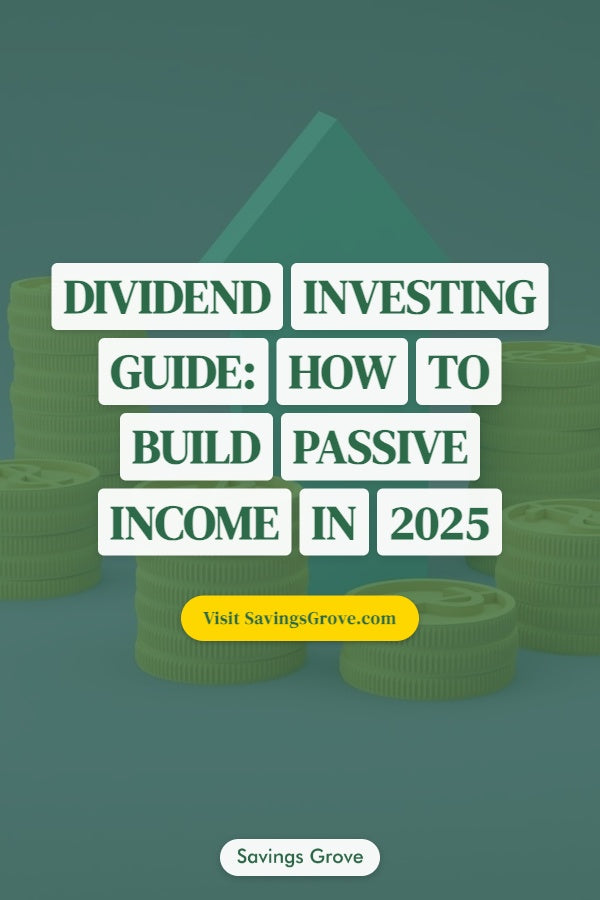
Dividend investing offers a reliable path to building passive income through the stock market. This comprehensive guide will show you how to get started with dividend investing, choose the right stocks, and create a sustainable income stream.
What is Dividend Investing?
Dividend investing involves buying shares in companies that regularly distribute a portion of their profits to shareholders. These payments, called dividends, can provide a steady stream of passive income regardless of market conditions.
Why Choose Dividend Investing?
- Regular Income: Receive quarterly or monthly payments
- Lower Risk: Dividend stocks tend to be more stable
- Compound Growth: Reinvesting dividends can accelerate wealth building
- Inflation Protection: Many companies increase dividends annually
Getting Started with Dividend Investing
1. Choose a Reliable Broker
Start by selecting a reputable broker. Popular options include:
- Fidelity: No commission fees, excellent research tools
- Vanguard: Known for low-cost index funds
- Charles Schwab: Great customer service and educational resources
2. Research Dividend Stocks
Look for companies with strong fundamentals and consistent dividend payments. Check out our guide to the best dividend stocks in the USA for current recommendations.
3. Use Investment Tools
Leverage technology to track and manage your portfolio. Explore our comparison of the best investment apps to find the right tools for your needs.
Key Metrics for Dividend Investors
- Dividend Yield: Annual dividend/current stock price
- Payout Ratio: Percentage of earnings paid as dividends
- Dividend Growth Rate: Historical increase in dividend payments
- Company Fundamentals: Revenue growth, debt levels, cash flow
Building Your Dividend Portfolio
New to stock market investing? Consider taking one of these stock market basics courses to build a strong foundation. Here's a basic framework for portfolio construction:
- Diversify across sectors
- Include both high-yield and dividend growth stocks
- Start with blue-chip companies
- Consider dividend ETFs for instant diversification
Tax Considerations
Understand how dividends are taxed:
- Qualified dividends: Taxed at lower capital gains rates
- Non-qualified dividends: Taxed as ordinary income
- Tax-advantaged accounts like IRAs can defer or eliminate dividend taxes
Final Words
Dividend investing can be an excellent strategy for building long-term wealth and generating passive income. Start small, reinvest your dividends, and focus on quality companies with sustainable payout ratios. Remember that successful dividend investing requires patience and a long-term perspective.
Related Articles
Frequently Asked Questions About Dividend Investing
How much money do you need to start dividend investing?
You can start dividend investing with as little as $100-$500. Many brokers now offer fractional shares, allowing you to invest in high-quality dividend stocks with small amounts. The key is to start early and reinvest your dividends for compound growth.
Are dividend stocks safe investments?
While no investment is completely risk-free, dividend stocks are generally considered more stable than growth stocks. Companies that consistently pay dividends tend to be well-established with strong cash flows. However, dividends can be cut during economic downturns, so diversification is important.
How often are dividends paid?
Most U.S. companies pay dividends quarterly, though some pay monthly or annually. REIT dividends are typically paid monthly, while many international companies pay semi-annually. The payment schedule is usually listed in the company's investor relations materials.
Should I reinvest my dividends?
Reinvesting dividends can significantly boost your long-term returns through compound growth. For younger investors building wealth, reinvestment is often recommended. However, if you need regular income, you can choose to receive dividend payments in cash.

